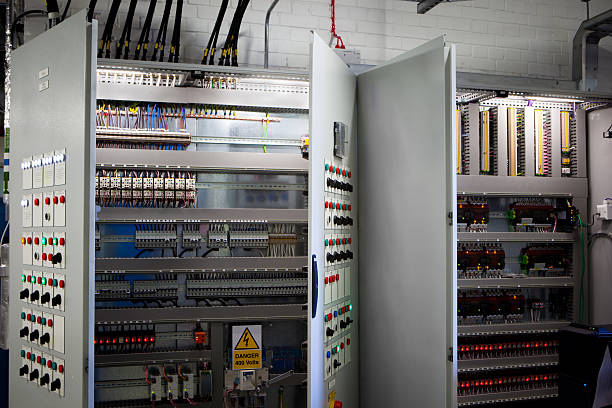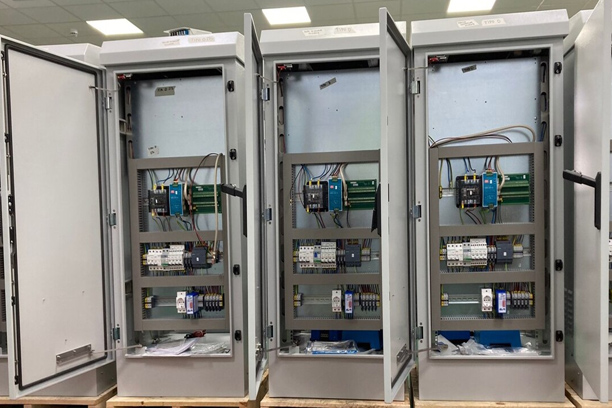Telecom Cabinet
A telecom cabinet, also known as a telecommunications cabinet or telecom enclosure, is a specialized enclosure used for housing telecommunications equipment and network infrastructure. These cabinets are designed to provide a secure and controlled environment for sensitive telecom equipment, ensuring proper functioning and protection from environmental factors. Here are some key features and uses of a telecom cabinet:
Features of a Telecom Cabinet:
1. Robust construction: Telecom cabinets are typically constructed from durable materials such as steel or aluminum, providing a sturdy and secure enclosure for telecom equipment. They are designed to withstand harsh environmental conditions, including temperature variations, moisture, dust, and physical tampering.
2. Equipment protection: Telecom cabinets offer physical protection to telecom equipment, including switches, routers, patch panels, servers, power supplies, and other network infrastructure components. The cabinets help safeguard the equipment from unauthorized access, tampering, dust, and debris, ensuring their reliable and uninterrupted operation.
3. Climate control and ventilation: Many telecom cabinets are equipped with ventilation systems, cooling fans, and air filters to regulate temperature and maintain proper airflow within the enclosure. This helps prevent overheating and ensures optimal operating conditions for sensitive telecom equipment.
4. Cable management: Telecom cabinets often feature cable management systems, including cable routing panels, cable management rings, and cable trays. These features help organize and secure telecom cables, reducing cable clutter and facilitating easier maintenance, troubleshooting, and future expansions.
5. Security features: Telecom cabinets typically have secure locking mechanisms, such as key locks or combination locks, to restrict access to authorized personnel only. Some cabinets may also include additional security features like intrusion alarms, surveillance camera mounts, or access control systems to enhance security and prevent unauthorized access.
Uses of Telecom Cabinets:
1. Telecommunication networks: Telecom cabinets are commonly used in telecommunication networks, both for indoor and outdoor installations. They house critical networking equipment, such as central office switches, distribution frames, fiber optic patch panels, and power distribution units (PDUs).
2. Data centers: In data centers, telecom cabinets are utilized to house networking and server equipment. They provide a secure and organized environment for racks, servers, switches, and other networking components, ensuring efficient and reliable data center operations.
3. Outdoor installations: Telecom cabinets designed for outdoor use are weatherproof and resistant to environmental elements like rain, dust, and extreme temperatures. They are used in outdoor network installations, such as street cabinets, cell tower installations, or remote sites, where telecom equipment needs to be deployed in challenging environments.
4. Office and building installations: Telecom cabinets are also employed in office and building installations to centralize and protect networking equipment. They help manage the cabling infrastructure and provide a secure location for network switches, patch panels, and other networking devices.
When selecting a telecom cabinet, consider factors such as size, capacity, cooling options, cable management features, security measures, and environmental ratings to ensure that the cabinet meets the specific requirements of your telecom infrastructure and installation location.



